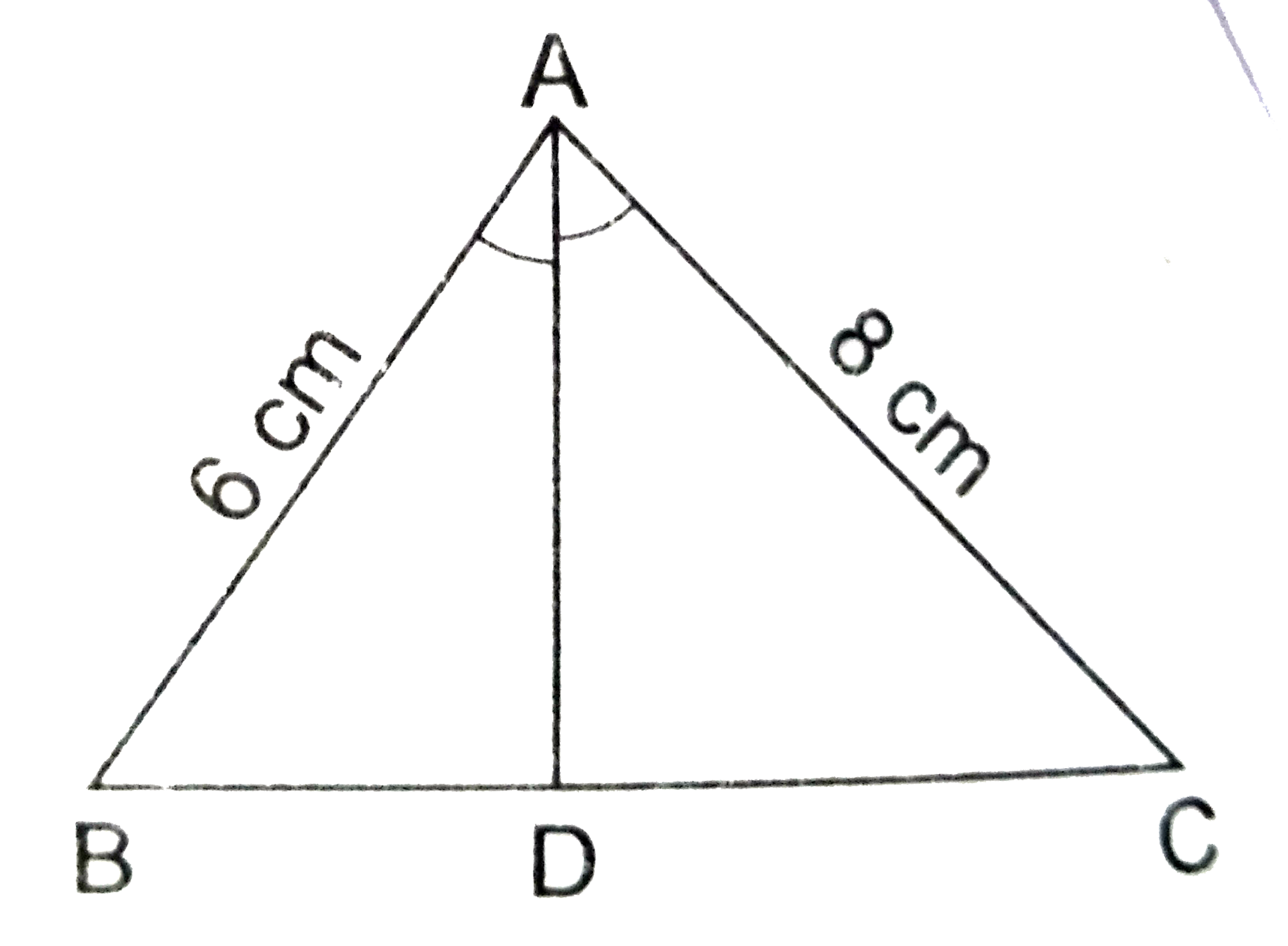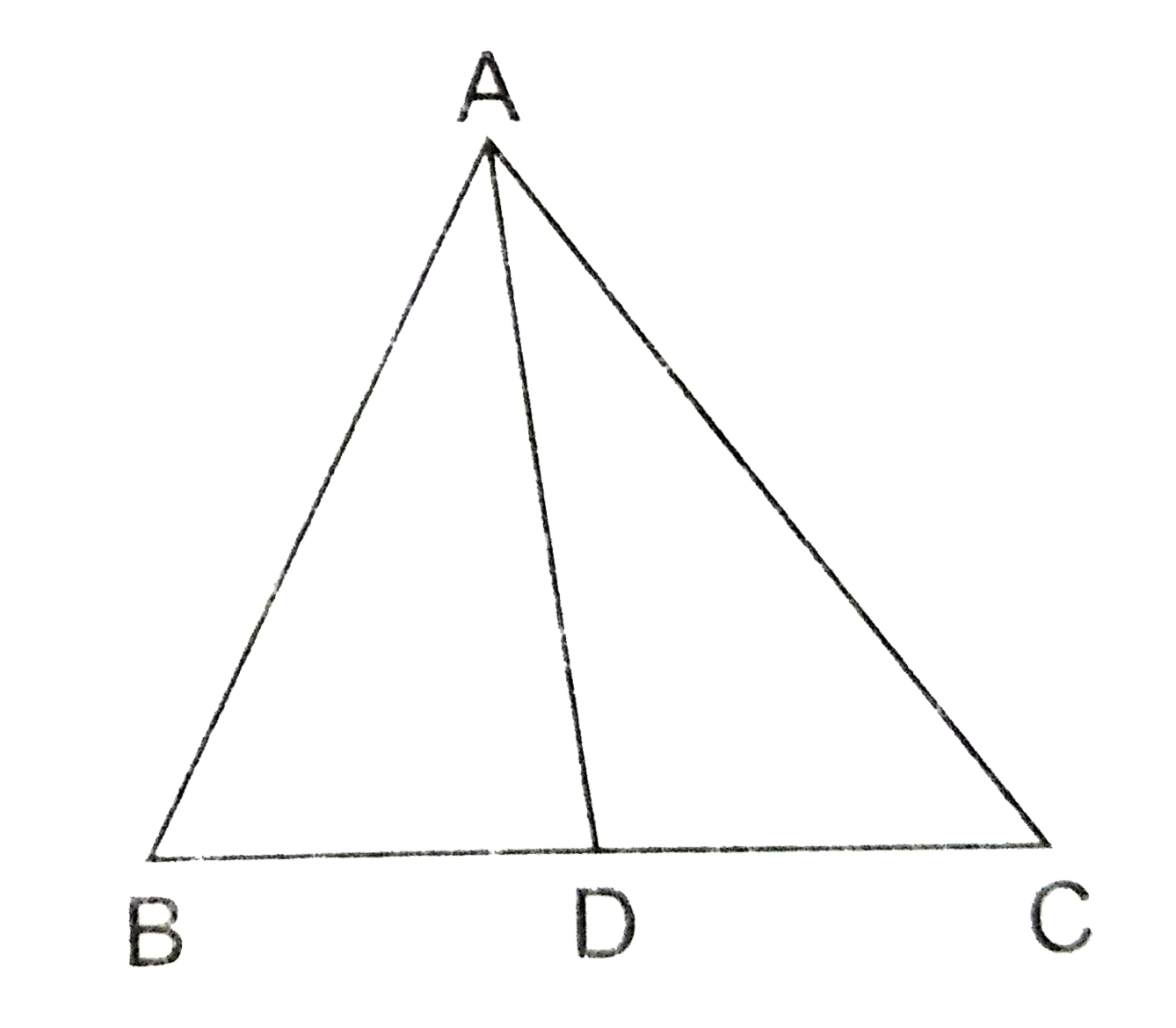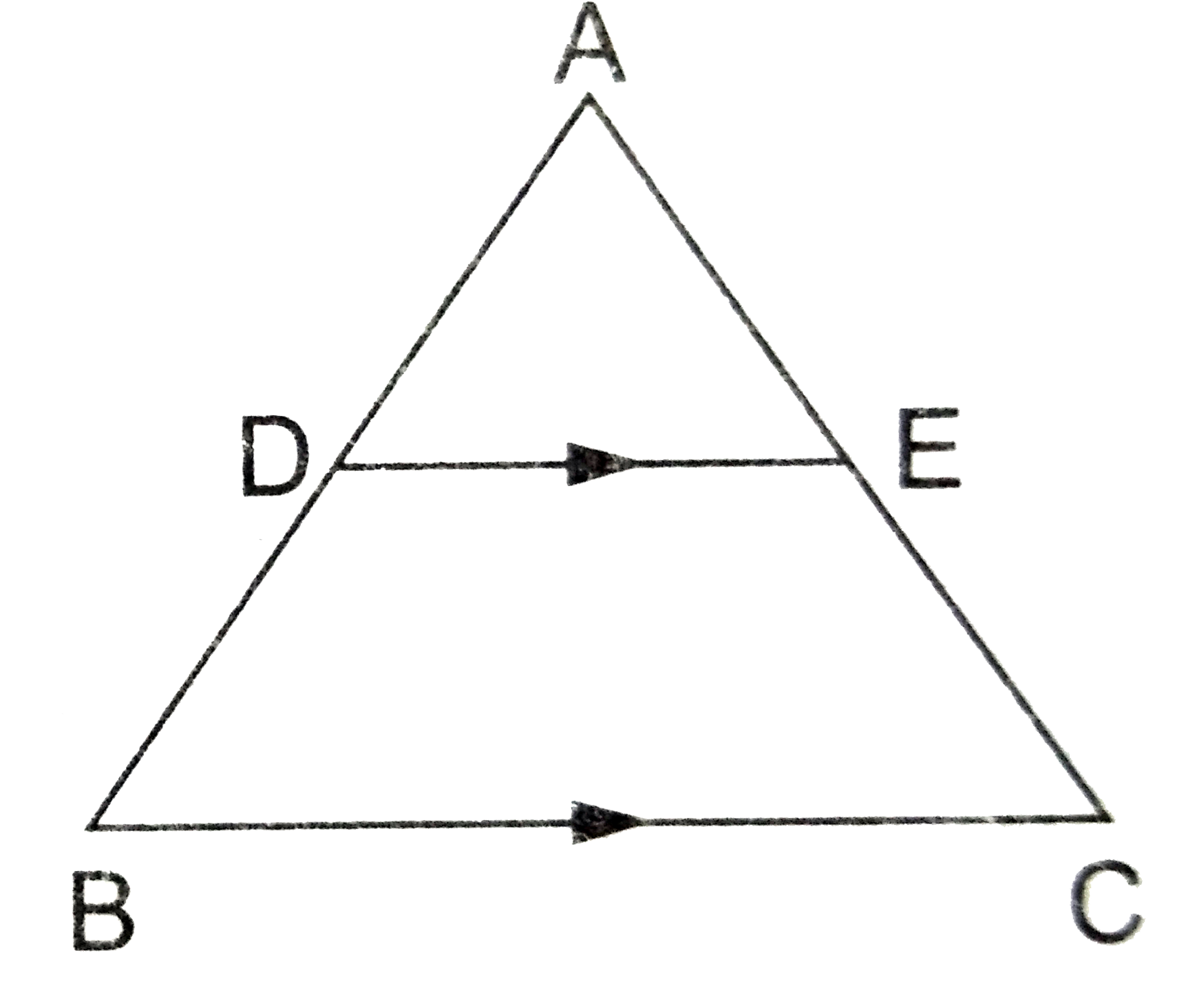Complete Solutions to Multiple Choice Questions (Mcq) of chapter TRIANGLES of Class 10 book with complete answers and questions
| Class 10 | MATHS |
| Chapter | TRIANGLES |
| RS AGGARWAL | Multiple Choice Questions (Mcq) |
| Number Of Questions | 53 |
| Academic Year | 2023-24 |
A man goes 24 m due west and then 10 m due north. How far is he from the starting point ?
View SolutionTwo poles of height 13 m and 7 m respectively stand vetically on a plane ground at a distance of 8 m of from each other. The distance btewen their tops is
View SolutionA vertical stick 1.8 m long casts a shadow 45 cm long on the ground. At the same time, what is the length or the shadow of a pole 6 m high?
View SolutionA vertical pole 6 m log casts a shadow of length 3.6 m on the ground. What is the height of tower which casts a shadow of length 18 m at the same time?
View SolutionThe shadow of a 5-m-long stick is 2m long. At the same time, the length of the shadow of a `12.5m`-m-high tree is
View SolutionA ladder 25 m log just reaches the top of a building 24 m high from the ground. What is the distance of the foot of the ladder from the building ?
View SolutionIn the given figure, `O` is point inside a `Delta MNP` such that `angle MOP=90^(@)` `OM=16 cm` and `OP=12 cm`,. If `MN=21 cm` and `angle NMP=90^(@)` then `NP=? `
View SolutionThe hypotenuse of a right triangle is 25 cm. The difference between the lengths of the other two sides of the triangle is 5 cm. Find the lengths of these sides.
View SolutionThe height of an equilateral triangle having each side 12 cm, is
View SolutionIn an isosceles triangle `A B C` , if `A B=A C=13` cm and the altitude from `A` on `B C` is 5 cm, find `B C` .
View SolutionIn `a Delta ABC` it is given that `AB=6 cm, AC=8 cm and AD` is the bisector of `angle A`. Then `BD:DC=?`

View SolutionIn a `Delta ABC` it is given AD is internal bisector of `angleA` . If `BD=4 cm, DC=5 cm and AB=6 cm`, then AC =?

View SolutionIn a `Delta ABC,` it is give ttha AD is the internal bisector of `angleA`. If `AB=10 cm, AC=14 cm and BC=6 cm` then CD=?

View SolutionIf the median to the base of a triangle is perpendicular to the base then triangle is isosceles.
View SolutionIn an equilateral triagnle ABC, if `AD bot BC` then which of the following is true?

View SolutionIn a rhombus of side 10 cm, one of the diagonals is 12 cm long. The length of the second diagonals is
View SolutionThe lengths of the diagonals of a rhombus are 24 cm and 10 cm. The length of each side of the rhombus is
View SolutionIf the diagonals of a quadirlateral divide each other proportionally then it is a
View SolutionIn the given figure, ABCD is trapezium whow diagonals AC and BD intersect at O such that `OA=(3x-1) cm, (OB=(2x+1) cm, OC=(5x-3) cm and OD =(6x-5)cm`. Then, x=?

View SolutionThe line segments joining the midpoints of the adjacent sides of a quadrilateral form
View SolutionIf the bisector of an angle of a triangle bisects the opposite side, prove that the triangle is isosceles.
View SolutionIn `Delta ABC` it is given that `(AB)/(AC)=(BD)/(DC)` . If `angle B=70^(@) and angle C=50^(@) "then" angle BAD=?`

View SolutionIn `Delta ABC,DE||BC` so that `AD==2.4 cm, AE= 3.2 cm and EC=4.8 cm`, then , AB= ?

View SolutionIn a ` Delta ABC`, if DE is drawn parallel to BC, cutting AB and AC to D and E respectively such that `AB=7.2 cm, AC=6.4 cm and AD=4.5 cm`. Then, AE=?

View SolutionIn `Delta ABC, DE||BC` so that `AD=(7x-4) cm, AE=(5x-2) cm, DB=(3x+4) cm and EC=3x`. Then, we have

View SolutionIn `Delta ABC , DE||BC` such that `(AD)/(DB)=(3)/(5)` . If `AC=5.6 cm` then, AE=?

View Solution`Delta ABC~Delta DEF` and the perimeters of `Delta ABCd and Delta DEF` are 30 cm and 18 cm respectively. If `BC=9 cm`, then EF=?
View SolutionThe corresponding sides of two similar triangles ABC and DEF are `BC=9.1 cm, and EF=6.5cm`. If the perimete of `Delta DEF` is 25 cm, find the perimeter of `Delta ABC`.
View SolutionIn `Delta ABC`, it is given that `AB= 9 cm, BC= 6 cm, and CA=7.5 cm`. Also` Delta DEF` is givne such that `EF=8 cm and Delta DEF~ Delta ABC`. Then perimeter of `Delta DEF` is
View Solution` A B C` and `B D E` are two equilateral triangles such that `D` is the mid-point of `B C` . The ratio of the areas of the triangles `A B C` and `B D E` is `2:1` (b) `1:2` (c) `4:1` (d) `1:4`
View SolutionIf `DeltaABC~DeltaDFE,angleA=30,angleC=50^(@)`,AB=5 cm,AC=8 cm and DF=7.5 cm. Then, which of the following is true?
View SolutionIn the given figure, `angle BAC=90^(@) and AD bot BC`.then,

View SolutionIn `Delta ABC`, `AB=6 sqrt(3) cm`, `AC=12 cm` and `BC=6 cm`. Then `angle B` is
View SolutionIn `Delta ABC and Delta DEF`, it is given that `(AB)/(DE)=(BC)/(FD)` then they will be similar when
View SolutionIn `Delta DEF and Delta PQR`, it is given that `angle D=angle Q and angle R= angleE`, then which of the following is not true?
View SolutionIf `Delta ABC~Delta EDF and Delta ABC` is not similar to `Delta DEF` then which of the following is not ture ?
View SolutionIn `Delta ABC and Delta DEF`, it is given that `angle B= angle E angle F= angle C and AB=- 3DE`, then the two triangles are
View SolutionIf in two `DeltaABC` and `DeltaPQR`, `(AB)/(QR)=(BC)/(PR)=(CA)/(PQ)`, then
View SolutionIn the given figure, two line segments AC and BD inersect each other at the point P such that`PA=6 cm, PB = 3 cm, PC= 2.5 cm, PD= 5 cm angle APB=50^(@) and angle CDP=30^(@)` then `angle PBA=?`

View SolutionSides of two similar triangles are in the ratio `4:9` Areas of these triangles are in the ratio.
View SolutionIt is given that `Delta ABC~Delta PRQ and (BC)/(QR)=(2)/(3) " then " (ar (Delta PQR))/(ar (Delta ABC))=?`
View SolutionIn an equilateral `Delta ABC, D ` is the midpoint of AB and E is the midpoint of AC. Then, `ar (Delta ABC) : ar (Delta ADE)=?`

View SolutionIn `Delta ABC and Delta DEF`, we have `(AB)/(DE)=(BC)/(EF)=(AC)/(DF)=5/7`, then `ar (Delta ABC) : ar (Delta DFR) =?`
View Solution`Delta ABC~ DeltaDEF` such that `ar (Delta ABC)= 36 cm^(2) and ar (Delta DEF) 49 cm^(2)` . Then, the ratio of their corresponding sides is
View SolutionTwo isosceles triangles have their corresponding angles equal and their areas are in the ratio `25:36`. The ratio of their corresponding heights is
View SolutionProve that the line segments joining the mid-points of the sides of a triangle from four triangles, each of which is similar to the original triangle.
View SolutionIf `Delta ABC~Delta QRP, (ar (Delta ABC))/(ar (Delta PQR))=(9)/(4), AB=18 cm, and BC= 15 cm, `then `PR=?`
View SolutionIn the given figure, O is the point of intersection of two chords AB and CD such that `OB=OD and angle AOC=45^(@)`. Then ,`Delta OAC and Delta ODB` are

View SolutionIn an isosceles `Delta ABC`, if `AC=BC` and `AB ^(2)= 2AC^(2)` then `angle C=?`
View SolutionIn `Delta ABC` , if `AB=16 cm, BC=12 cm and AC=20 cm," then " Delta ABC` is
View SolutionWhich of the following is a true statement?
View SolutionWhich of the following is a false statement ?
View SolutionMatch the following columns :

The correct answer is
(a) ......... `" "` (b) ...........
(c)......... `" "` (d) .........
View Solution
Multiple Choice Questions (Mcq) questions and complete solutions for chapter TRIANGLES of RS AGGARWAL MATHS (HINGLISH) of Class 10